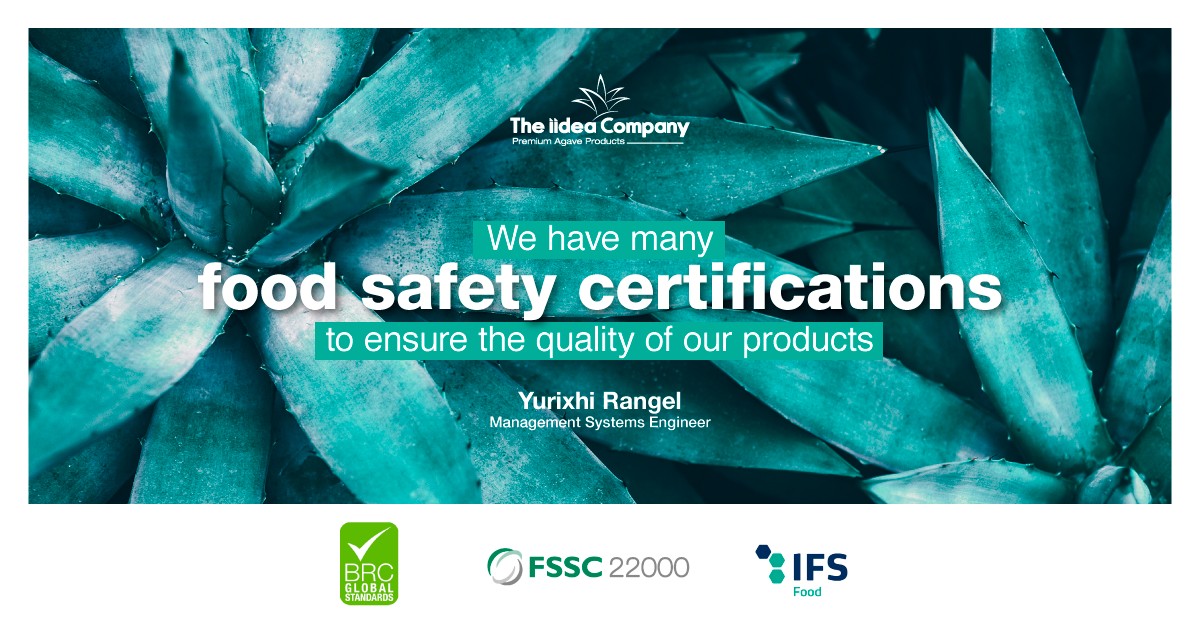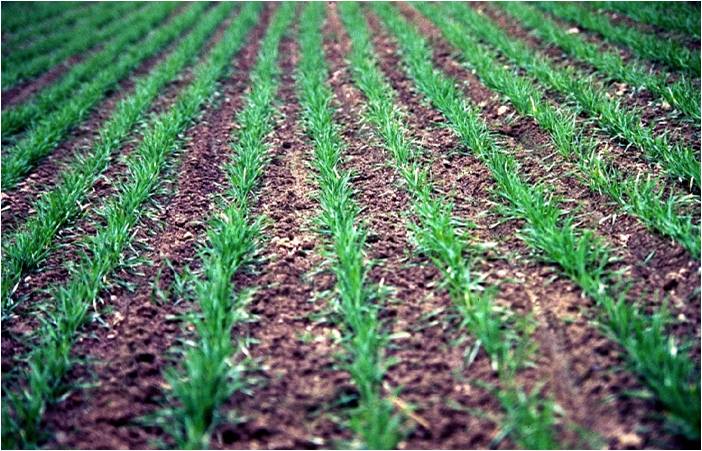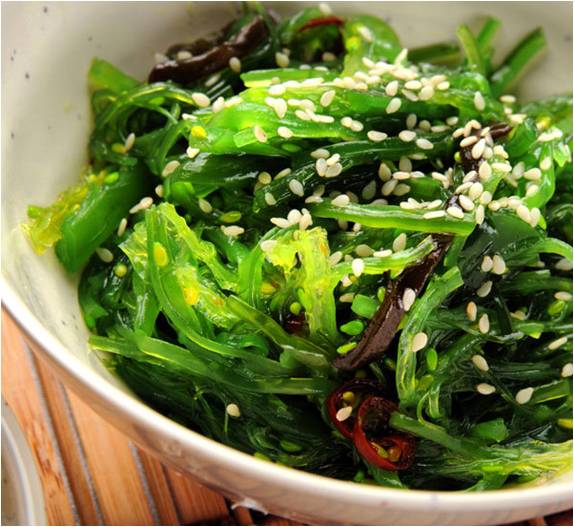Key benefits of using agave syrup in the diabetic diet.
If you are looking to improve the health and satisfaction of your customers, it is crucial to explore natural and effective alternatives to reduce sugar consumption in the diet. One of these solutions is agave syrup, a sweetener derived from the agave plant that not only tastes good, but also provides key benefits for those looking to take care of their health, especially in the case of people with diabetes. Read on if you want to find out more about agave, how it is used to create sweeteners and the benefits of agave syrup in the diabetic diet.
What is agave?
Agave is a succulent plant found mainly in semi-desert regions. It is known for its use in the production of tequila, but it also has applications in the food industry, where it is used to create natural sweeteners such as agave syrup. Its sweet taste and low glycemic index make it ideal as an alternative to refined sugar.
How is agave used to create sweeteners that help reduce sugar consumption?
The process to obtain agave syrup involves the extraction of the sweet liquid from the agave pineapple, which is then filtered and concentrated to obtain a liquid sweetener. This syrup is characterized by its high concentration of fructose, which gives it an intense sweet taste with the advantage of having a lower impact on blood glucose levels compared to regular sugar.
Characteristics and benefits of agave syrup for your customers
Our agave syrup is not only a natural sweetener that enhances the flavor of any food or beverage, but also offers a number of significant health benefits. Being 25% sweeter than table sugar, less is needed to achieve the same level of sweetness, making it an optimal and healthy choice. In addition, its high fructose concentration makes it highly soluble and easy to incorporate into various recipes without masking the original flavors or leaving an aftertaste, maintaining the authenticity of each dish.
- Low glycemic index: Agave syrup has a lower glycemic index than refined sugar, which means it does not cause sharp spikes in blood sugar levels, making it a safe option for people with diabetes or those seeking to control their glucose.
- Natural flavor: Unlike other artificial sweeteners, agave syrup offers a natural, sweet taste that enhances the palate of foods and beverages without adding empty calories.
- Versatility: Agave syrup is very versatile and can be used in a wide variety of recipes, from beverages such as tea or coffee to desserts and salad dressings, providing a touch of sweetness without compromising health.
In addition, our agave syrup is rich in inulin, a prebiotic fiber that helps regulate and improve digestion, promoting a balanced intestinal flora and favoring the absorption of essential nutrients. This combination of nutritional properties makes it a versatile and health-promoting product for a wide variety of people, from athletes seeking a natural energy source to those with specific dietary needs.

At The iidea Company, we are committed to carefully selecting the best raw materials to produce our agave syrup, meeting the demands of a market that is increasingly aware of the benefits of quality products. It is vegan, non-GMO, gluten-free and allergen-free, making it accessible and safe for a wide range of wellness-conscious consumers.
Create your own brand of agave syrup with our online configurator.
Agave syrup is a smart solution to reduce sugar consumption in your customers’ diets, especially for those with specific needs such as diabetes. Its unique characteristics and nutritional benefits make it an attractive option for those looking to take care of their health without sacrificing the pleasure of sweet flavors.
At The iidea Company, we are proud to offer premium agave-derived products that not only satisfy our customers, but also promote their well-being. If you are interested in entering the market of healthy and delicious products, we invite you to use our online configurator to create and quote your own brand of agave syrup in just a few simple steps. Join this trend and offer your customers a product that is growing in the market!















